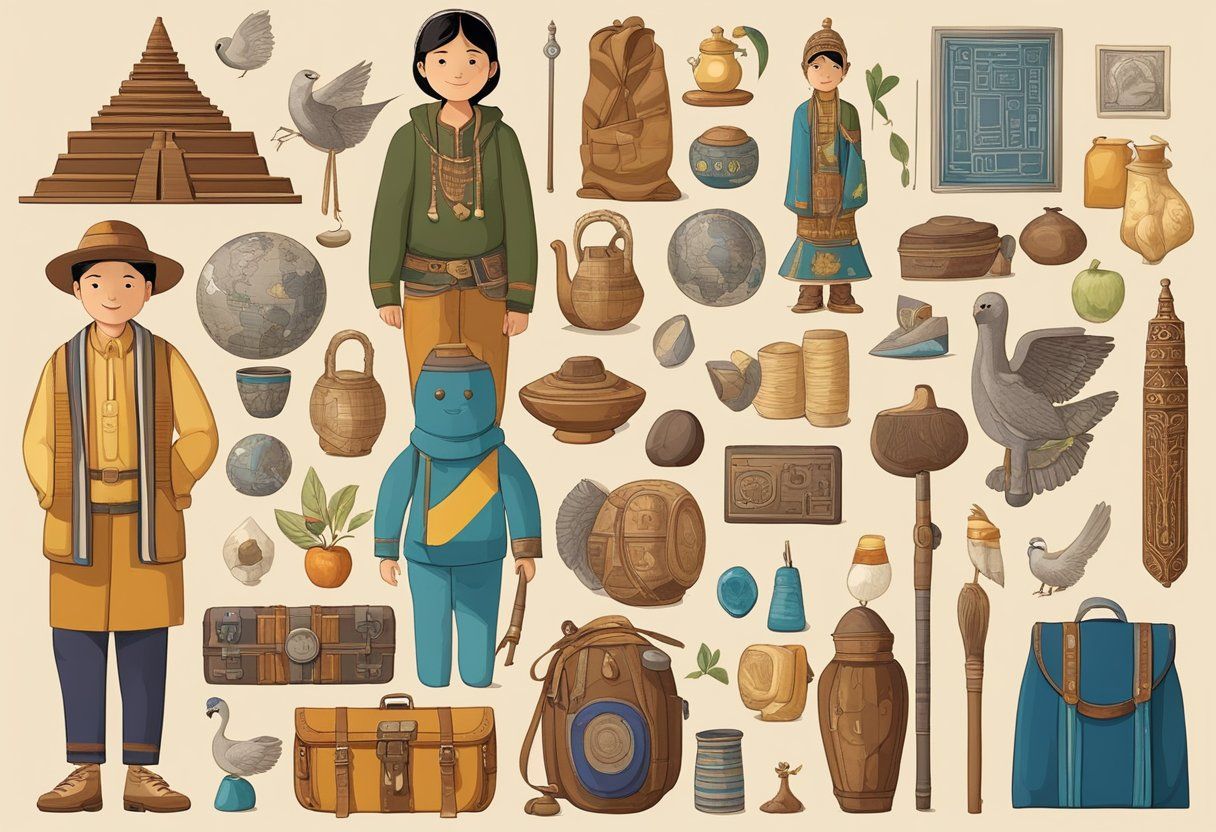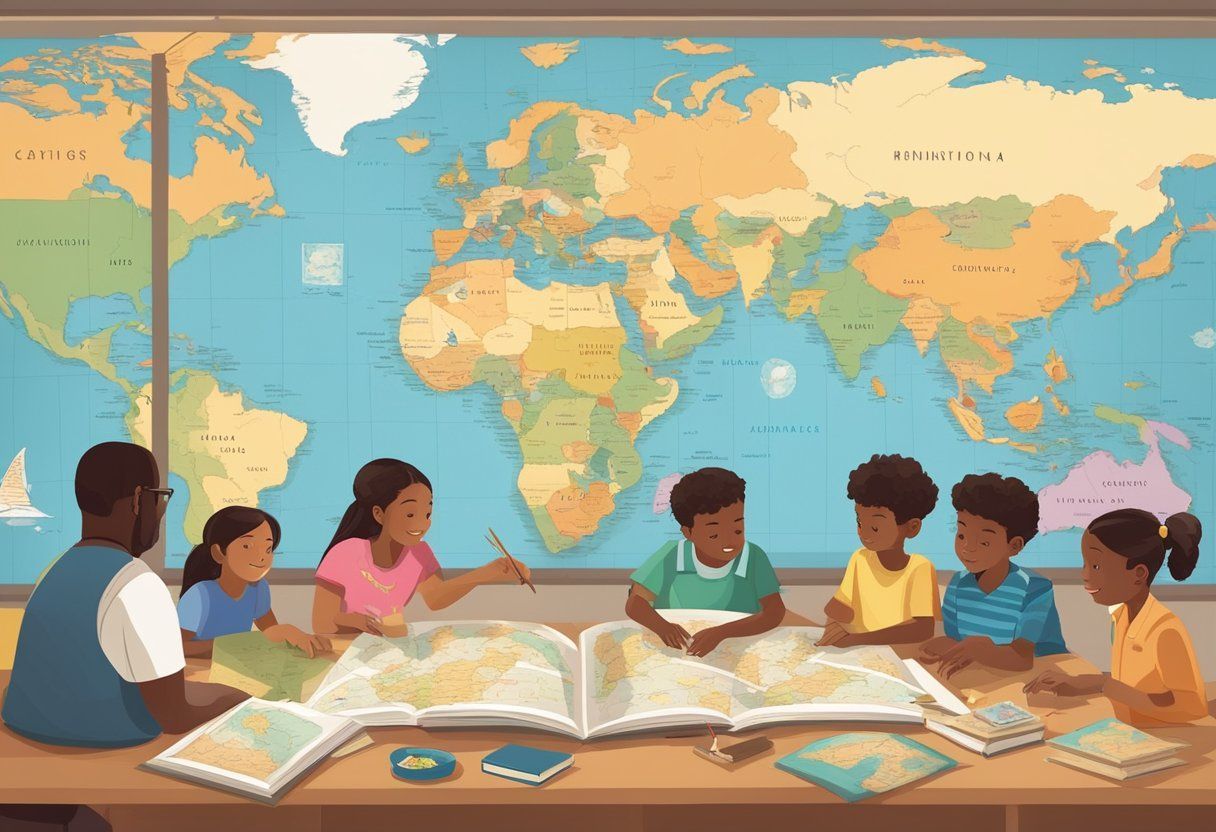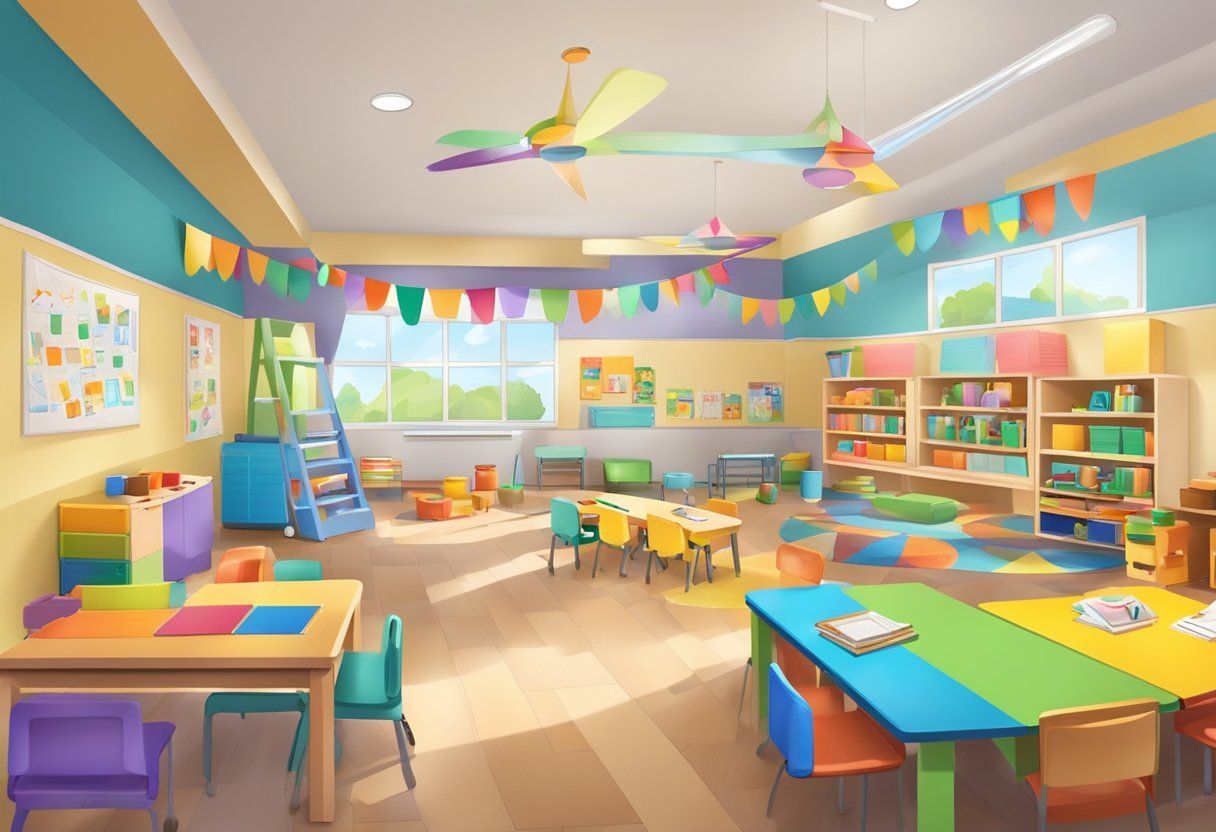BLOG
Categories
Supporting Your Adopted Child’s Identity and Cultural Heritage: Practical Guidance for Parents
Understanding Identity Formation in Adopted Children
Understanding identity formation in adopted children involves recognizing the impact of adoption on how these children see themselves and their place in the world. Identity development is influenced by various factors, such as adoption trauma, racial identity, and cultural ties.
This creates a unique experience for each adoptee.
The Role of Adoption in Shaping Identity
Adoption plays a crucial role in identity formation. It is important to acknowledge how this experience shapes an adoptee's view of themselves.
Children often wonder about their biological history, which can create a longing for connection with their roots. Adoption brings both positive and challenging changes.
It provides a chance for a stable family life but can also lead to identity questions. An adoptee might struggle with understanding where they fit in between their birth family and their adoptive family.
You should encourage openness and communication about these feelings. Adoptive parents play a key role in helping children explore these complex emotions to foster a healthy sense of self.
Challenges in Identity Development for Adoptees
Adoptees may face unique challenges in identity development, such as feeling different from peers. Questions about their biological parents and the circumstances of their adoption can surface during various stages of life.
These questions may lead to feelings of confusion or isolation. Addressing adoption trauma is another concern.
Trauma can affect emotional well-being and complicate identity formation. It is important to provide adoptees with support and understanding throughout their journey.
Professional guidance from therapists familiar with adoption issues can be beneficial. Support groups and open dialogue within the family can also help adoptees feel less alone in their experiences.
Navigating Racial and Cultural Identity
For many adoptees, especially those adopted trans-racially, navigating racial and cultural identity becomes an essential aspect of self-discovery. Adoptees might encounter experiences where their racial identity differs from that of their adoptive families.
These experiences can lead to a quest for understanding their cultural roots. Encouraging involvement in cultural groups or activities related to their heritage can help.
Exploring their background provides adoptees with a stronger connection to their cultural identity and bolsters self-esteem. You need to be proactive in learning about and appreciating your child's cultural background.
This effort will affirm their racial and cultural identity, creating a sense of belonging and acceptance.
Fostering a Positive Cultural Heritage Connection
Building a strong cultural heritage connection helps adoptees feel secure in their identity. Parents can play a crucial role by incorporating exploration of traditions and building connections with the adoptee community.
Encouraging Cultural Exploration and Traditions
Exposing your adopted child to their cultural heritage can help them develop a strong sense of identity and belonging. Exploration might include trying traditional foods, wearing traditional clothes, or learning the language associated with their culture.
You can celebrate cultural holidays and attend festivals in your area to understand and embrace your child’s background. Books and media about the culture can also be valuable resources.
Participating in cultural activities makes learning enjoyable and fulfilling. Make these traditions part of your regular family life, allowing your child to share in their unique cultural identity.
This helps them feel valued and understood.
Building Relationships with the Adoptee Community
Forming connections with other adopted children and families can offer invaluable support. It helps your adopted child to see they are not alone and their feelings are shared by others.
Join groups or online communities focused on adoption. Attending local meetups or cultural events can introduce your child to others who share their background.
These interactions foster a sense of community and belonging. Friendships formed here can provide emotional support and insight for both children and parents.
Being a part of such a community helps children discuss their experiences openly and learn from others. It builds confidence and a better understanding of their cultural identity.
Addressing Cultural Differences at Home and School
Navigating cultural differences can be challenging for adoptees. At home, encourage discussions about cultural norms and differences in customs.
This fosters open-mindedness and acceptance. In the school setting, work with teachers to ensure your child feels comfortable sharing their cultural background.
Cultural education in classrooms can promote understanding among peers. You can supply resources or volunteer to share cultural traditions, enhancing their educational experience.
Open conversations about cultural differences enable children to feel proud of their backgrounds while educating others. This support helps them thrive in diverse settings.
It reinforces a positive connection to their heritage.
Supporting Transracial and International Adoptees
Supporting your child in embracing their racial background and birth country is essential in helping them build a strong cultural identity. Transracial and international adoption comes with unique experiences that need careful attention and understanding.
Understanding Transracial Adoption Experiences
Transracial adoption involves placing a child of one race or ethnic group with parents of another. It's important for you to be aware of the different challenges your child might face.
You need to prepare for conversations about race and identity. Encourage open communication and let your child express their feelings and thoughts.
Providing books, movies, and other resources can help your child learn and relate to their racial background. Seeking support from communities and groups dealing with transracial adoption can also be valuable.
Engaging with others who understand your experiences fosters a shared understanding.
Maintaining Racial and Birth Country Connections
Maintaining a connection to your child's birth culture is key. You should actively incorporate elements of their culture into daily life.
Celebrate important holidays from their birth country, and expose them to cultural traditions and customs. Learning the language might also help strengthen this bond.
It encourages your child to appreciate where they come from. Providing opportunities for them to interact with others from their birth country can offer a deeper understanding.
You can also visit your child’s birth country, if possible. Such experiences can be enriching, allowing your child to explore and understand their roots more deeply.
Korean Adoptee Perspectives
Korean adoptees have shared varied experiences about their adoptions. As a parent, recognizing these perspectives can give you insight into your child’s identity formation.
Your child may face unique challenges related to stereotypes or racial identity. Listening to stories and testimonies from Korean adoptees can open your eyes to their point of view.
This can guide you in providing the right support. It's beneficial to welcome discussions about their feelings related to their Korean background.
Acknowledging and supporting your child’s experiences will help them find pride and confidence in their identity.
Empowering Adoptive Parents to Nurture Identity

Adoptive parents play a crucial role in helping their child form a strong identity and appreciate their cultural background. By focusing on certain strategies, you can support your child’s self-esteem and navigate both open and domestic adoption with confidence.
Creating a welcoming environment will further strengthen your child’s self-awareness and belonging.
Parenting Strategies that Promote Self-Esteem
Building self-esteem in your adopted child requires intentional actions. Encourage them to celebrate their heritage and family traditions.
Introduce bilingual books or music from their culture to enrich their understanding. Promote open communication by listening carefully.
Allow space for your child to express their thoughts without interruption. Praise their efforts, which can boost their confidence.
Participate in community activities related to their heritage. Doing so connects them to others with similar backgrounds.
This connection can provide a sense of belonging and pride in who they are.
Navigating Open and Domestic Adoption Journeys
Understanding the nuances of open and domestic adoption helps you support your child. Open adoption involves maintaining contact with birth parents, offering a more complete view of their history.
Here, honesty is key. Share their adoption story openly.
This transparency can reduce anxiety and answer lingering questions your child might have. In domestic adoption, consider local resources to understand cultural backgrounds.
Engage with support groups where you can exchange valuable insights and learn from others. Plan regular family meetings to discuss adoption-related topics.
Doing so can strengthen bonds and ensure everyone is on the same page.
Creating a Supportive Home Environment
A nurturing home environment allows your child to thrive. Display cultural artifacts, photos, or items that honor their background.
Create a space where they feel proud of who they are. Encourage educational pursuits that explore their ancestry.
This can reinforce identity in a positive way and spark curiosity about their roots. Set aside family time to share stories from both adoptive and birth families.
This practice builds connections and helps your child see themselves as part of a larger narrative. Offer support and remind your child that they are valued.
This constant reinforcement creates a haven where they feel understood and loved.
Adoption Across the Lifespan: From Childhood to Adulthood

Adoption is a lifelong journey that impacts both identity and cultural connections from childhood into adulthood. Understanding these stages can help support adoptees throughout their lives.
Below, exploring the adoption triad's role in identity and the identity challenges faced by adolescent and adult adoptees.
The Adoption Triad’s Impact on Identity
The adoption triad consists of adoptees, birth parents, and adoptive parents. Each plays a significant role in shaping an adoptee's sense of identity.
As a child grows, questions about their origin and family connections often emerge. This can lead to exploration of ethnic, cultural, and personal identity.
Balancing roots from birth and adopted families is crucial. Adoptive parents can help by creating an open environment for discussions.
Emphasizing the child's cultural heritage and allowing them to express emotions freely supports healthy identity development. Encouraging connections to both birth origins and adoptive families builds a more complete self-awareness.
Adolescent and Adult Adoptee Identity
During adolescence, identity questions can intensify. Teen adoptees may grapple with issues of belonging and identity.
Peer relationships and self-image become critical as they try to better understand their place within both family and society. Adult adoptees often continue exploring identity themes.
Some seek further information about their birth families. Others may participate in adoption networks for support.
Experiences with identity can vary widely, but maintaining cultural connections remains vital. Adoptive and birth families still play a role in shaping adult identity.
Encouraging open dialogue about these experiences strengthens the ability to integrate various identity aspects fully. Supporting growth and self-understanding is important as adoptees move through different life stages.
Frequently Asked Questions

Adopting a child requires embracing their culture and heritage to support their personal and cultural identity. This section answers common questions about integrating and respecting your child's background.
What are effective strategies for integrating a child's birth culture into our family life?
Incorporate cultural traditions by celebrating holidays or cooking traditional meals. Involve your child in cultural events and activities within your community.
Learning key phrases or customs from their birth language can also deepen connections and show respect for their roots.
How can I help my adopted child develop a positive racial or ethnic identity?
Provide books, films, and toys that reflect your child's ethnicity and culture. Discuss race and identity openly.
Encourage friendships with peers from similar backgrounds. Positive role models can help your child develop pride in their heritage.
What role does cultural competence play in supporting an adopted child?
Cultural competence helps you understand and respect your child's background. It involves educating yourself about different cultures.
Be aware of biases, and learn how to respond appropriately to culturally sensitive situations.
How can we address and incorporate our adopted child's cultural heritage within our parenting approach?
Include cultural practices in daily routines and celebrations. Encourage openness and curiosity within your family about different cultures.
Make space for your child to express aspects of their heritage and identity. Actively engage in learning about their background together.
What resources are available for educating our family about our adopted child's cultural background?
Books, films, and cultural centers provide information about different backgrounds. Community groups and cultural events offer personal connections and insights.
Online forums and adoption support groups can also offer valuable advice and shared experiences.
How do we handle potential challenges that may arise from cultural differences within our family?
Open communication is key. Encourage family members to express feelings and ask questions.
Being respectful and willing to learn about each other's perspectives can bridge cultural differences.
Seeking support from professionals or cultural experts can also provide guidance.
RECENT POSTS
Bringing and keeping families together!










